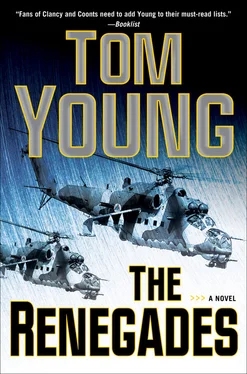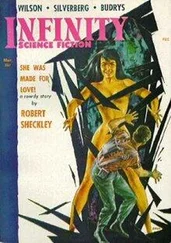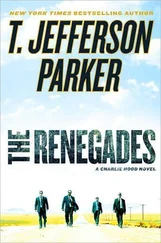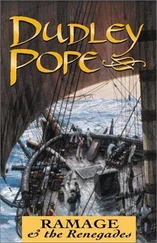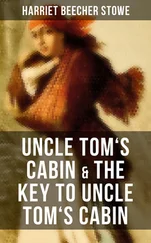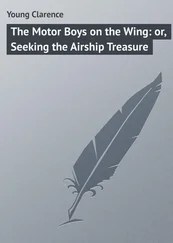“What’s wrong?” Reyes asked.
Gold gestured toward the mess tent opening, beyond which lay the refugee tents and the flight line. A C-27 took off, turboprops growling. A stray cat slinked across the ramp, the animal’s fur as mottled as a New England snowshoe hare between seasons. Somewhere in the distance, a child cried.
“We can never do enough,” Gold said.
“One save at a time,” Reyes said.
That didn’t make Gold feel any better, but she gathered that it was good enough for Reyes. She noticed the patch on his uniform. It read USAF PARARESCUE—THAT OTHERS MAY LIVE. Not a bad guiding creed, she thought. The patch depicted a winged angel with her arms spread across a globe.
“Let me tell you about something that happened during Katrina,” Reyes said.
Reyes described flying over an inundated New Orleans in 2005, fetid water the color of Gold’s black coffee. He and his Pave Hawk crew picked up a half dozen survivors stranded on rooftops and delivered them to a collection point at Louis Armstrong International Airport. On their second pass over the city, the pilots circled above a house flooded up to the eaves, with three people waving from their perch on the shingles. The survivors had chopped through from the attic; the ragged hole looked like it might have been punched by a bunker buster that pierced but failed to explode.
As the helicopter hovered, its rotor wash whipped the foul water to froth. Reyes strapped onto the forest penetrator, and he let the flight engineer lower him on the hoist. While he rode the cable down, he thought he felt a grinding through the steel braids, but he paid it no mind. On the roof he found an elderly black man and two boys. Grandchildren, Reyes assumed, maybe eight and twelve.
“Their mama’s down there,” the man said, pointing inside the attic. He shouted over the helicopter’s thudding blades. “She can’t climb out, and we can’t lift her.”
On his hands and knees, Reyes peered through the hole. Splinters pricked through his flight gloves, and he scratched his wrist on an exposed nail. When his eyes adjusted to the darkness inside, he saw a woman, overweight and very pregnant, lying on the attic floor.
Reyes plugged his headset into his radio, pressed the transmit switch. “I’m gonna need some help, boys,” he said. “After I send these guys up on the penetrator, put Wilkins down here with the Stokes litter and a crash ax.”
“Copy that,” the pilot said. “Send ’em up.”
Reyes unfolded one of the rescue seats on the penetrator. “Sit on this thing,” he told the older boy. “Put this strap around you, and hold on.”
The child, eyes wide with fear and face dripping with sweat, clung to the penetrator as Reyes cinched down the strap. “Please don’t let me fall out,” the boy said.
“I’m going up with you,” Reyes said. “All you gotta do is ride, and don’t try to climb into the helicopter. Just let my buddy pull you in.”
The boy followed instructions better than some adults Reyes had rescued, and so did his brother. When they were both safely in the HH-60, Reyes rode back down and tried to get the old man to go.
“I ain’t leaving without my daughter,” he said.
“There’s nothing you can do to help, sir,” Reyes told him. “Let ’em get you into some air-conditioning at the airport, and we’ll get her out.”
“I’m staying right here, young man.”
“Sir, you’re suffering from heat stress. You need some cool water and a fan.”
“I been hot before.”
The man’s life wasn’t in immediate danger, so Reyes decided not to argue any further. “He wants to stay,” Reyes called up to the Pave Hawk. “Tell Wilkins to come on down.”
The grandfather watched as Reyes’s partner rode the hoist. Once Wilkins touched down on the roof, the flight engineer, aboard the aircraft, reeled the penetrator back up and swapped it with the Stokes litter. Reyes and Wilkins went to work with the crash ax, taking turns and widening the hole the old man had chopped. When they climbed down to the attic floor, the woman could barely speak above a whisper.
“How are my boys?” she asked.
“They’re fine, ma’am,” Wilkins said. “The helicopter’s taking them to the airport.”
The woman nodded and closed her eyes. Reyes felt her neck and found her pulse weak and rapid. She had stopped sweating; her neck was dry. Heatstroke.
“She needs to get out of here,” Reyes said.
He and Wilkins rolled her into the litter and strapped her in. Sweat dripped off Reyes’s nose and onto the woman’s face, but she didn’t seem to notice. His flight suit was soaked by now, and the stink of filthy water and rotted food was starting to make him a little sick.
When they lifted her from the wooden floor, Reyes felt light-headed. If the heat was getting to him, he could imagine what it did to her. The two PJs turned the litter upright, and Reyes almost dropped his end.
“You gonna make it?” Wilkins asked.
“I’m good,” Reyes said. “On the count of three.”
Reyes counted, and they heaved the patient through the hole vertically. She must have weighed three hundred pounds. Reyes’s arm muscles burned. Up on the roof, the old man helped lower his daughter to the sloped surface. He was stronger than he looked, and he didn’t let her slip.
The pararescuemen pulled themselves up through the hole. Even through the leather palms of his gloves, Reyes felt the heat emanating from those shingles, but after the close air of that attic, the rooftop felt almost cool.
A few minutes later, he heard the rumble of the returning Pave Hawk. The helo hovered over the house, and the crew lowered the cable. Reyes connected the cable to the suspension harness on the Stokes litter, feeling good about this hard-won save.
“She’s in heatstroke,” he transmitted. “Pour some water on her when you get her aboard.”
“Roger that. We’ll tell the docs.”
“Patient’s secure,” Reyes said. “Take her up.”
The cable didn’t move.
“I got her strapped in,” Reyes said. “Take her up.”
No answer for a moment. Then: “The hoist is jammed.”
Reyes swore under his breath. Then he transmitted, “You gotta be kidding me.”
The flight engineer answered him: “The motor popped the breakers, and I think it’s burned out.”
Reyes knew what would come next. They’d want to jettison the cable. He considered just having the helicopter lift the woman externally, swinging from the cable. The pilots were skilled enough to set her down gently. But that was dangerous, especially for a patient in this condition.
“You gonna cut it?” Reyes asked.
“Affirmative,” the engineer called. “Tell me when the litter’s disconnected.”
Reyes removed the cable hook from the litter harness and said, “It’s clear.”
The Pave Hawk drifted away from the house. The cable dragged across the roof and tangled in a television antenna. “Cable’s fouled,” Reyes called. “Just cut it where you are.”
When the jettison squib fired, a tiny explosive charge severed the cable. The cable dropped away from the helicopter, writhed like something in death throes until it slapped into the water. The helicopter accelerated away.
“Where they going?” the old man asked.
Reyes explained what had happened. As he did so, the flight engineer called back to him on the radio: “Anderson’s crew has a good hoist. They’re coming to get you.”
“Copy that,” Reyes said.
While he, Wilkins, and the old man waited, the woman went into cardiac arrest. The two pararescuemen performed CPR until they were both exhausted, but by the time the second helicopter arrived, she was dead. The old man had watched it all from two feet away.
Читать дальше
